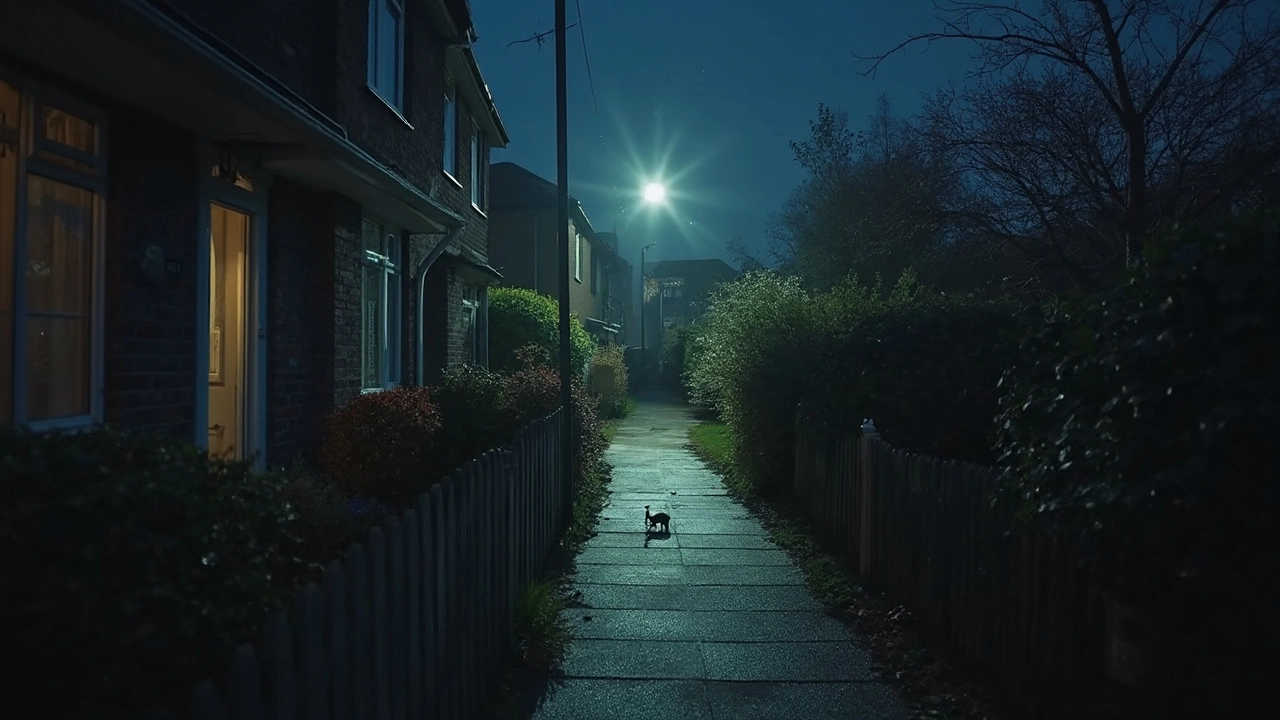When the sun goes down, many people think their cameras and cameras stop working. In reality, a few smart choices let you see clearly and stay safe after dark. This guide pulls together the best tricks for night‑vision devices, phone night mode, and low‑light security cameras, so you’re not left in the dark.
Most modern smartphones combine longer exposures with software‑enhanced processing. The sensor stays open longer, grabbing more light, while the phone’s AI reduces blur and noise. The result is a brighter, sharper picture without a flash. To get the most out of it, hold the phone steady, use a tripod or set it on a flat surface, and tap the night‑mode icon before you shoot. Turning off HDR can also help the phone focus on light‑gathering rather than mixing multiple exposures.
Not all security cameras handle darkness the same. Look for models with infrared (IR) LEDs—these act like invisible flashlights that light up a scene without alerting intruders. Some cameras offer “color night vision,” which uses a tiny amount of ambient light to keep colors instead of a black‑and‑white view. Check the sensor size; larger sensors capture more light, giving clearer images at 5‑10 feet away. Finally, make sure the camera streams live video even without a constant internet connection; many Wi‑Fi cameras switch to local storage during outages.
If you’re buying a doorbell camera, pick one with dual‑lens technology. One lens handles daylight, the other switches to IR at night. This setup avoids the glare you sometimes see on cheap models. Mount the device about 6‑8 feet high to cover faces without obstruction, and aim it slightly downward to reduce glare from streetlights.
For outdoor floodlights, choose models that combine motion sensors with IR. When motion is detected, the floodlight turns on, giving a clear visual, while the IR keeps recording after the light goes out. This dual approach saves power and provides solid evidence if something happens.
Smart home owners love integrating low‑light cameras with voice assistants. Just say, “Hey Google, show me the front porch,” and you’ll see a live feed instantly. Make sure the camera’s app supports two‑factor authentication; this adds a layer of protection against hackers trying to sneak into your footage.
Low‑light photography isn’t limited to phones. Handheld night‑vision devices, like monoculars or goggles, use amplified ambient light to give you a clear view up to 100 meters away. They’re handy for checking driveways or checking the backyard without turning on bright lights that could scare off wildlife or neighbors.
Remember, lighting isn’t the only factor. Keep lenses clean, trim overgrown bushes, and angle cameras away from direct street lamps that can cause glare. A clean lens plus good placement often makes a bigger difference than spending extra on a more expensive model.
Finally, test your setup after installation. Walk around the property at night, check the live feed, and adjust angles as needed. Small tweaks—like raising a camera a few inches or rotating it 10 degrees—can turn a blurry shadow into a crisp, identifiable image.
With these simple steps, low‑light situations become manageable rather than frustrating. Whether you’re snapping a night‑time selfie or securing your home, the right gear and a few tricks give you clear vision when the lights go out.

If your security camera leaves you staring at blurry blobs and shadows at night, it’s not just you—it's a common struggle. This article breaks down what actually helps night vision cameras see better after dark and clears up some myths. You'll learn how light tricks, smart settings, and some surprising add-ons can sharpen your nighttime footage. Whether you’re tired of guessing if that’s a raccoon or just your neighbor's cat, you’ll find practical fixes right here. Skip the guesswork and get more out of your camera when the sun disappears.